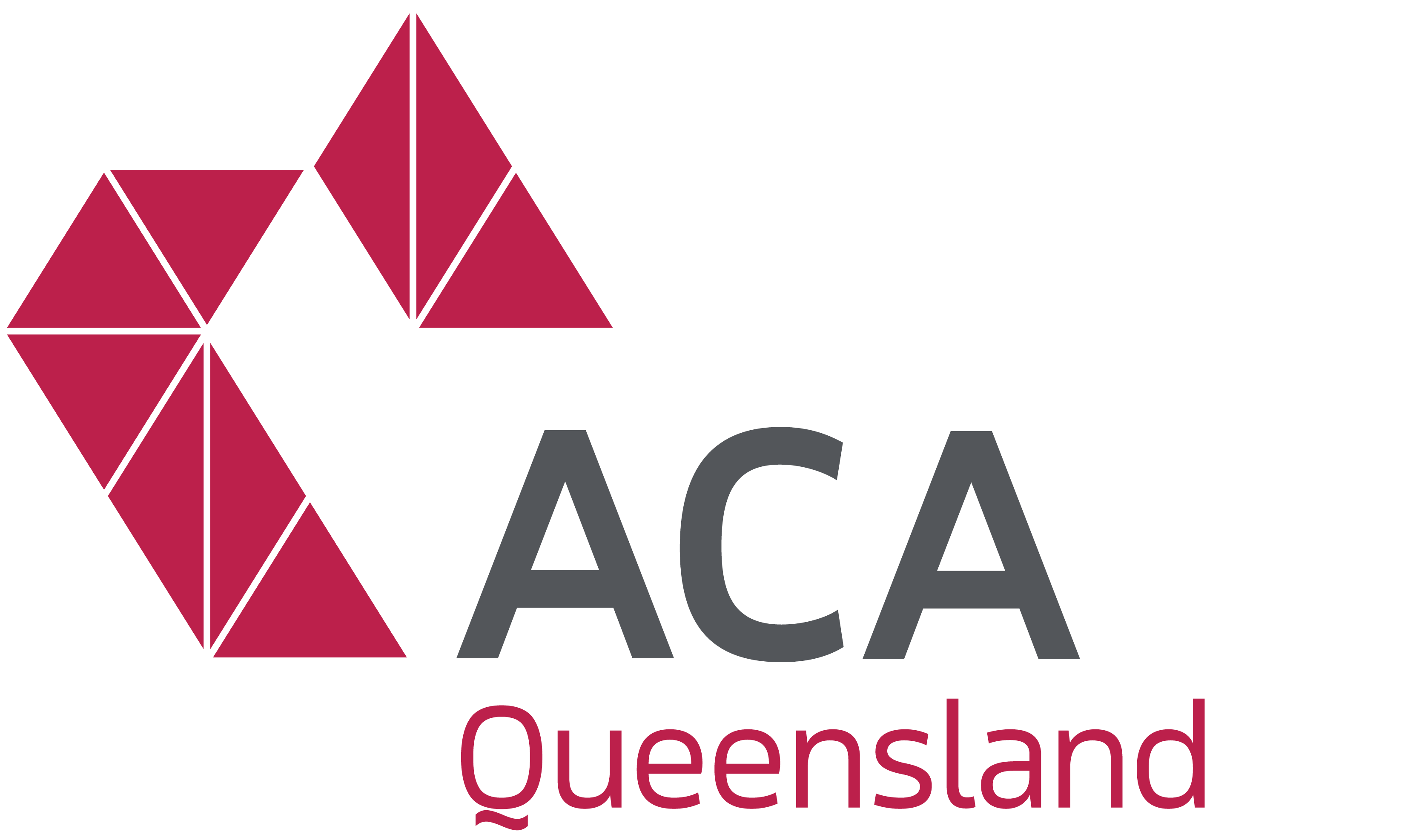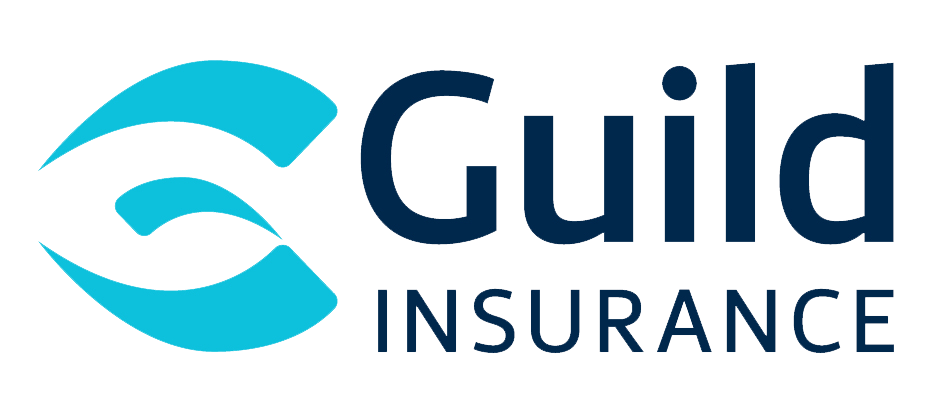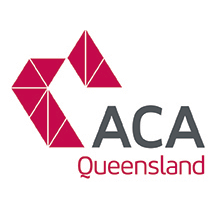Child Care Subsidy (CCS) from 11 July 2022
On 11 July 2022, the Child Care Subsidy (CCS) rates adjusted based on the Consumer Price Index (CPI) from last December.
What determines your family’s level of Child Care Subsidy?
-
A family’s annual adjusted taxable income determines the percentage of subsidy they are eligible for
- How many children a family has in care, and what their ages are
-
An activity test determines how many hours of subsidised care families can access, up to a maximum of 100 per fortnight, and
-
The type of child care service determines the hourly rate cap.
You can get an estimate of what your family may be entitled to by entering your details into the Department of Human Services Payment and Service Finder.
You can also use our Child Care Subsidy Calculator - a quick and easy alternative to Centrelink's Payment and Service Finder - to estimate your level of fortnightly support and out-of-pocket “gap” fee under the new Child Care Subsidy .
More information on transitioning to the new Child care Subsidy is available at https://www.education.gov.au/early-childhood/get-help-fees.
From July 2023, CCS is changing.
Most families using child care will get more subsidy. Some families previously not eligible for CCS will now get it. What do you need to know:
-
The maximum amount of CCS is increasing from 85% to 90%. Families earning $80,000 or less will get a CCS rate of 90%
- Families earning over $80,000 and under $530,000 will get a CCS rate that tapers down by 1 percentage point for each $5,000 of family income
-
This rate reaches 0% for families earning $530,000
-
Families earning below $362,408 with more than one child aged 5 or under in care can still get a higher rate for their second and younger children when the changes occur on 10 July 2023
- All children will then receive the standard CCS rate, and
-
Families with more than one child aged 5 or under in care can still get a higher rate for their second and younger children.
More information on these changes can be found in this Services Australia video, on the Services Australia website, and on www.education.gov.au.








